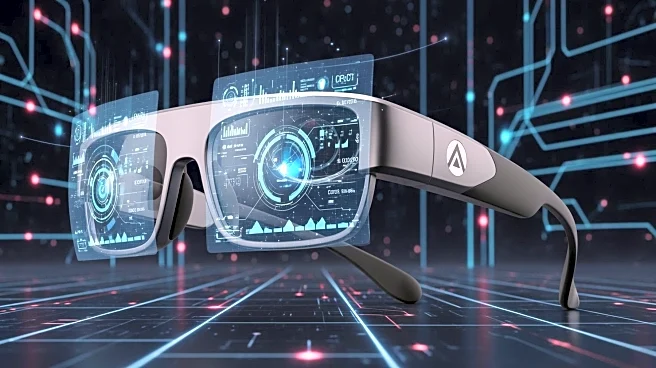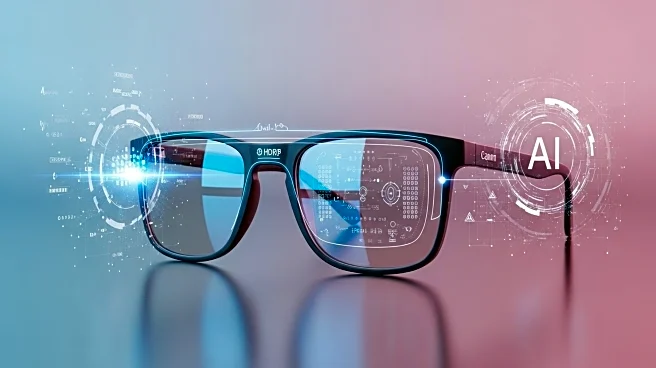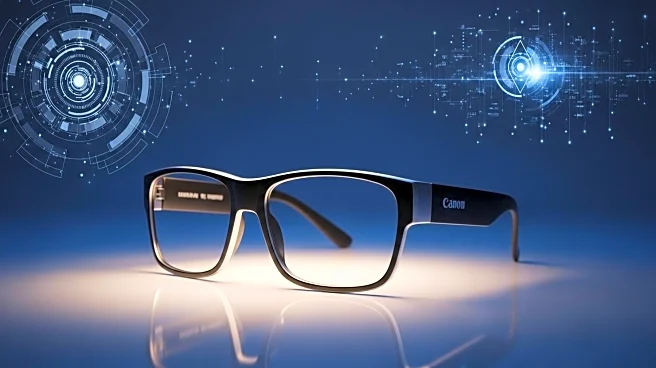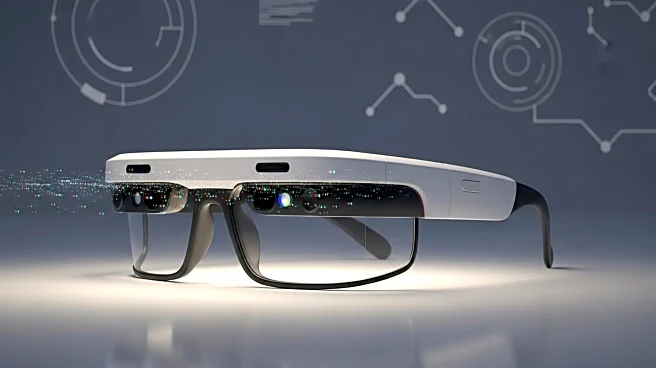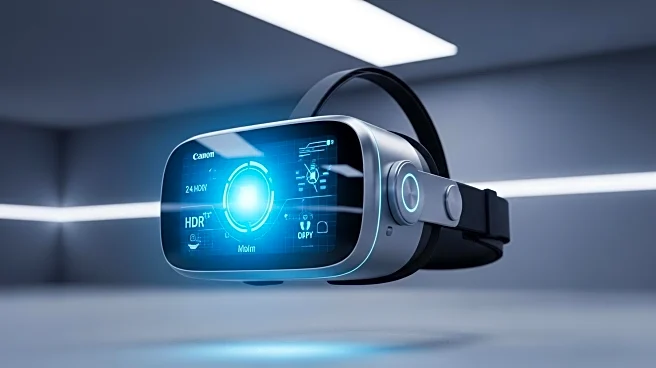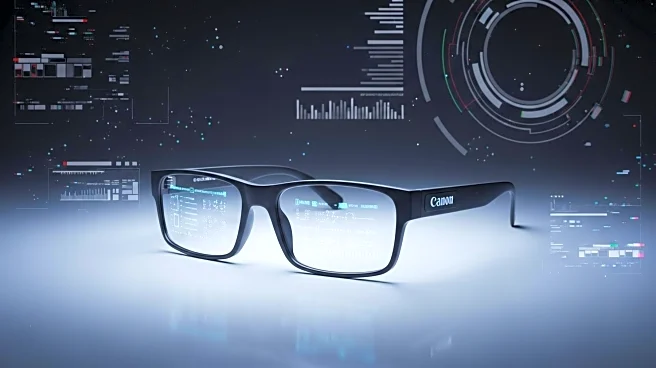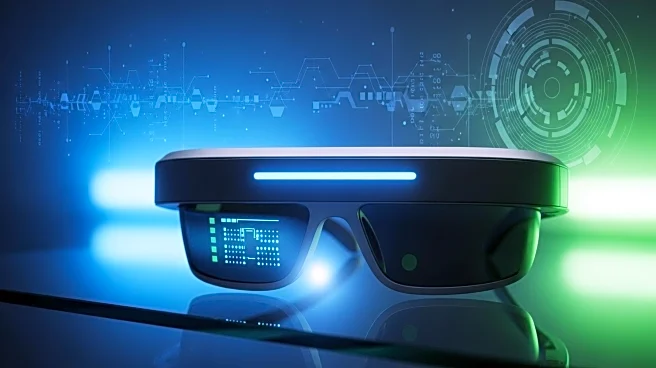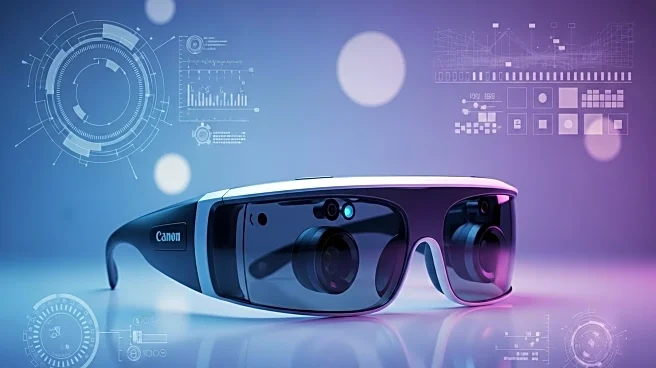What's Happening?
Meta has launched its Ray-Ban Display glasses on October 21, 2025, marking a significant shift in the augmented reality (AR) and virtual reality (VR) market. The glasses feature a built-in display and wrist
controller, designed for lightweight AR applications such as notifications and maps. This launch coincides with IDC's forecast of a 39.2% increase in AR/VR shipments for 2025, indicating a growing retail demand. The release is expected to accelerate ecosystem investment and influence retail and enterprise procurement decisions. Early reviews have highlighted the convenience of the device for navigation, while raising concerns about privacy due to camera and sensor footprints.
Why It's Important?
The introduction of Meta's Ray-Ban Display glasses is poised to reshape the AR/VR landscape by making these technologies more accessible to consumers. The projected increase in shipments suggests a broader adoption of AR/VR devices, which could lead to new opportunities for developers and advertisers. Retailers and enterprises may need to adapt quickly to this shift, as the availability of these glasses is no longer hypothetical. The focus on lightweight applications rather than full immersive experiences may also influence the types of apps and services developed for these devices.
What's Next?
As Meta's glasses become available, developers and advertisers will likely explore new app placements and privacy controls. Retailers may consider bundling services or positioning hardware as an entry point into the AR ecosystem. The market will watch for Q4 retail bundles, enterprise pilots, and WebXR storefront rollouts. Consumers will need to weigh the benefits of real-time navigation against privacy concerns, potentially influencing purchase decisions during the holiday shopping season.
Beyond the Headlines
The launch of Meta's Ray-Ban Display glasses could lead to a broader cultural acceptance of AR technology, as it becomes integrated into daily life. Privacy concerns may drive discussions around ethical use of AR devices, particularly regarding data collection and surveillance. Long-term, this could influence regulatory policies and consumer trust in AR technologies.
